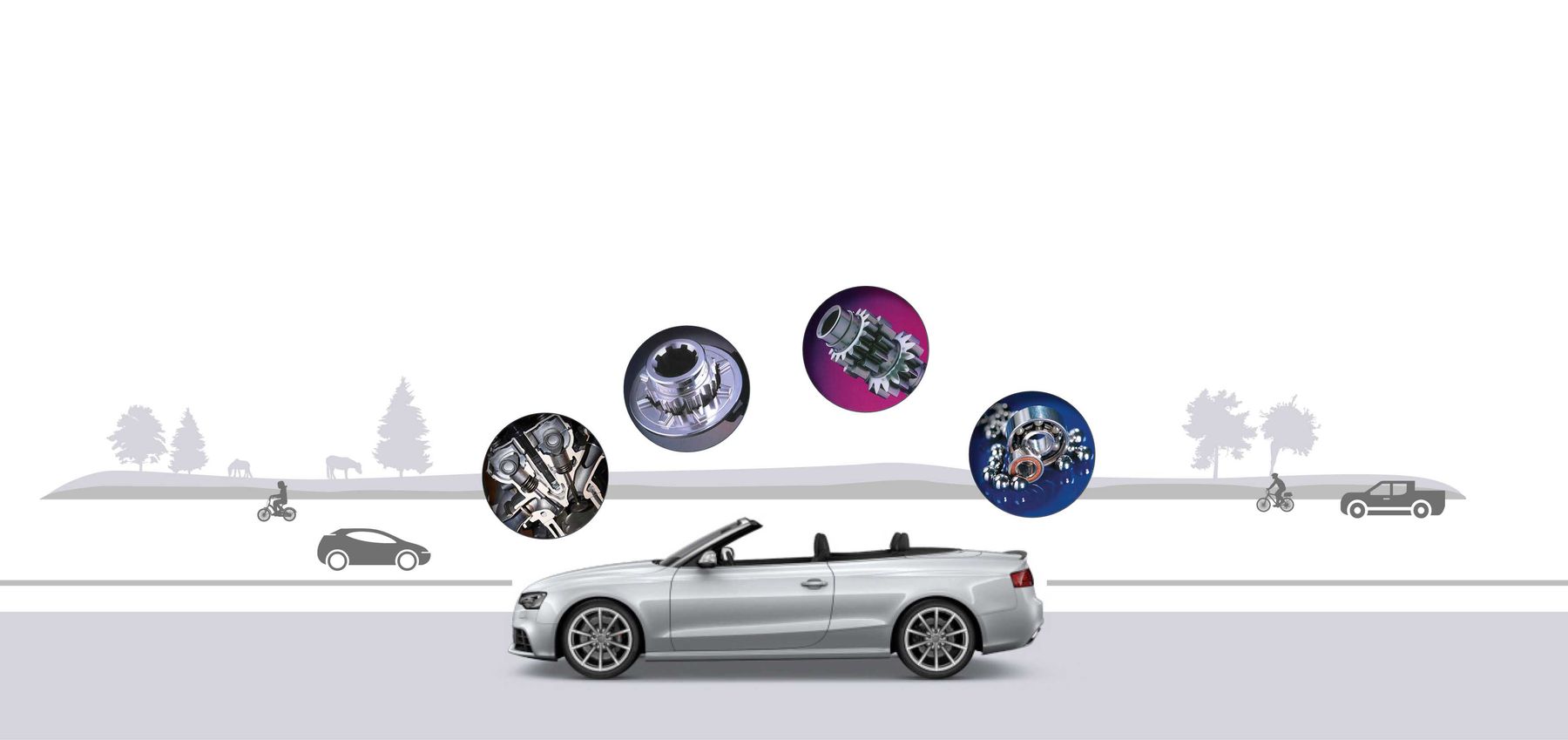

As parents, the safety and well-being of our babies are of utmost importance Lou Hampers. Sudden infant death syndrome (SIDS) is a tragic occurrence, but there are measures we can take to help prevent it. Lou Hampers, a pediatrician, shares valuable insights on how to reduce the risk of SIDS through proper sleep habits.
Placing your baby on their back to sleep is a critical step in preventing SIDS. This sleep position has been proven to significantly decrease the risk. Always position your baby on their back, whether it’s for naps or nighttime sleep. This simple practice promotes clear airways and reduces the chances of suffocation or airway obstruction.
In addition, it’s important to create a safe environment for your baby while they sleep. Make sure the crib is free from stuffed animals or blankets and keep the mattress firm and free of any bumps, indentations, or soft surfaces that could obstruct their breathing. The American Academy of Pediatrics recommends using a tight-fitting sheet on the mattress to improve safety.
To reduce the risk of SIDS, other important practices include avoiding overheating, providing a smoke-free environment for your baby, and making sure anyone caring for your baby is aware of the safe sleep guidelines. Babies should also never be left to sleep in a car seat or an infant swing as this can cause them to suffocate or choke.
Overheating can be dangerous for infants, so it’s important to ensure a suitable sleep environment. Avoid overbundling your baby with excessive blankets or clothing. A comfortable room temperature between 65-68 degrees Fahrenheit is ideal. Monitoring the temperature using an indoor thermometer can help you maintain a safe environment.
Creating a safe sleep environment means keeping hazardous objects out of your baby’s bed. Avoid placing soft objects such as pillows, blankets, or stuffed animals in the crib or bassinet. These items pose a suffocation hazard and can increase the risk of sudden infant death syndrome (SIDS).
By following the safe sleep guidelines and creating an environment free of hazardous materials, you can ensure that your baby gets a good night’s rest without any risk of SIDS. Be sure to talk to your pediatrician if you ever have any questions or concerns about your baby’s safety while sleeping.
Additionally, put babies to sleep alone on their backs in an empty crib. This means no toys, stuffed animals, or other items should be present while baby is sleeping. When your baby is ready for a bedtime story or a cuddle before sleep, consider using a rocking chair to avoid bringing baby back into the bed.
Lastly, always follow safe sleep guidelines and be sure to check on your baby regularly. If you follow these tips, you can create a safe and comfortable environment for your little one’s restful sleep. By creating the right sleeping environment for your infant, you can ensure a good night’s rest.
